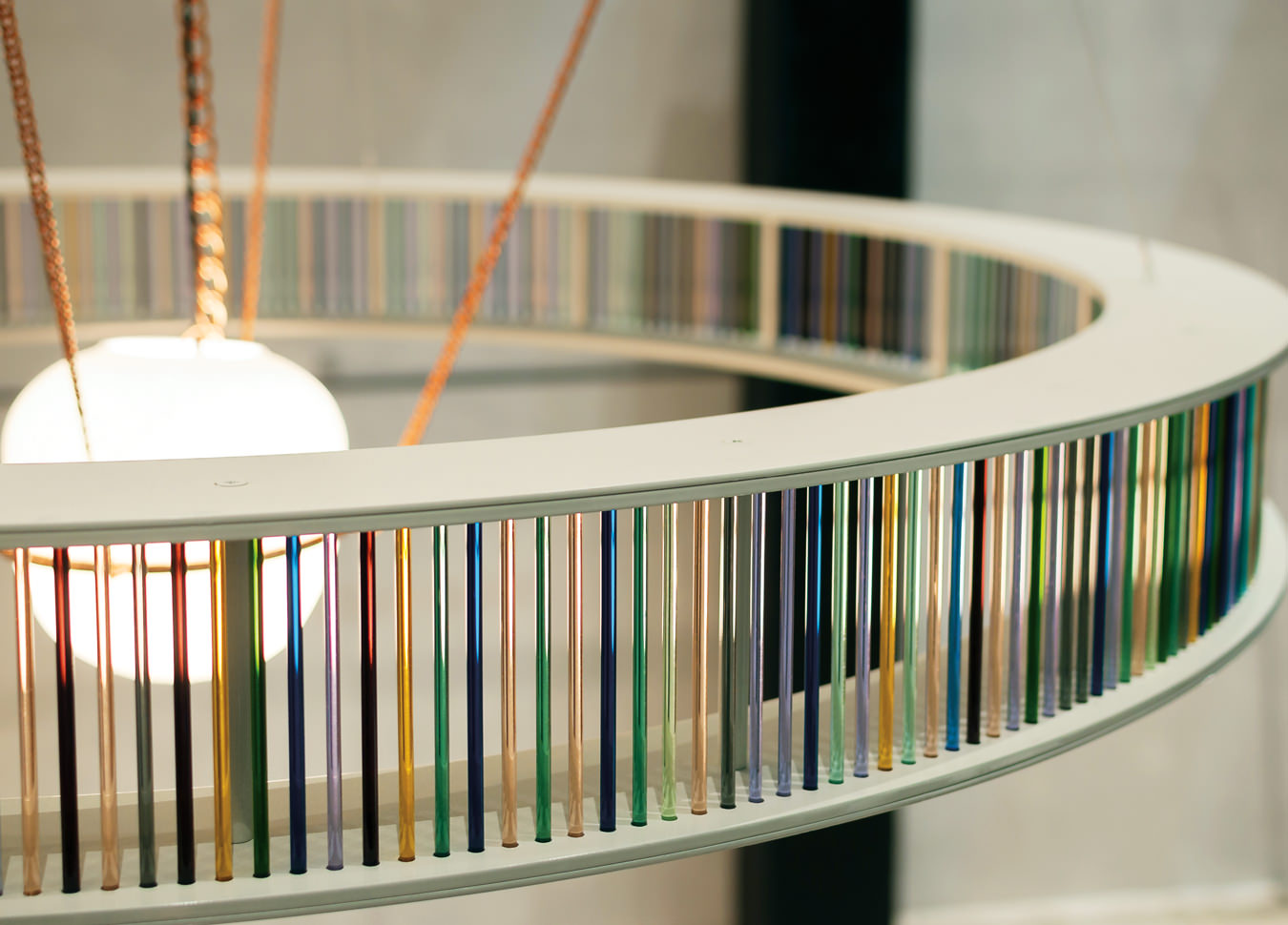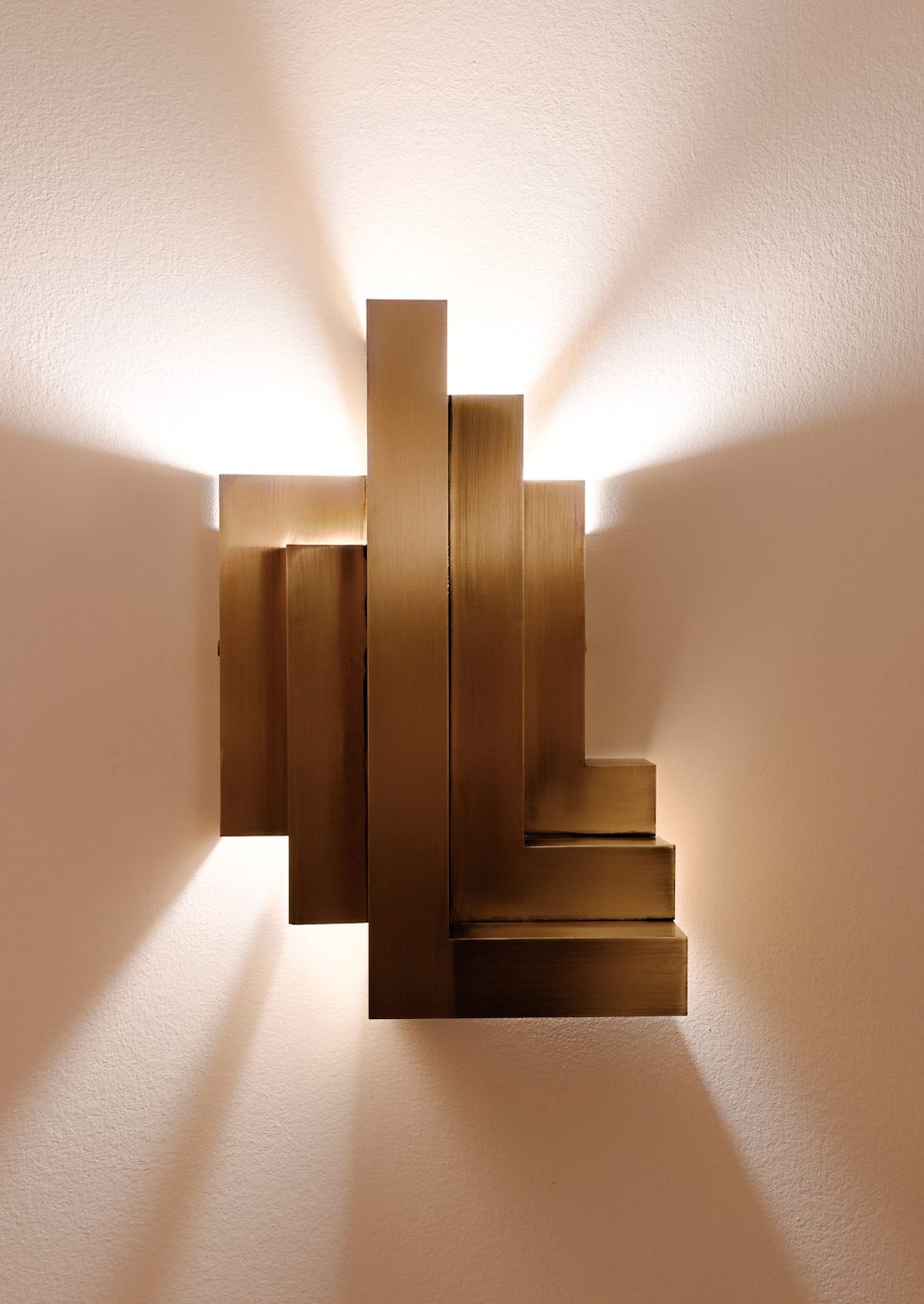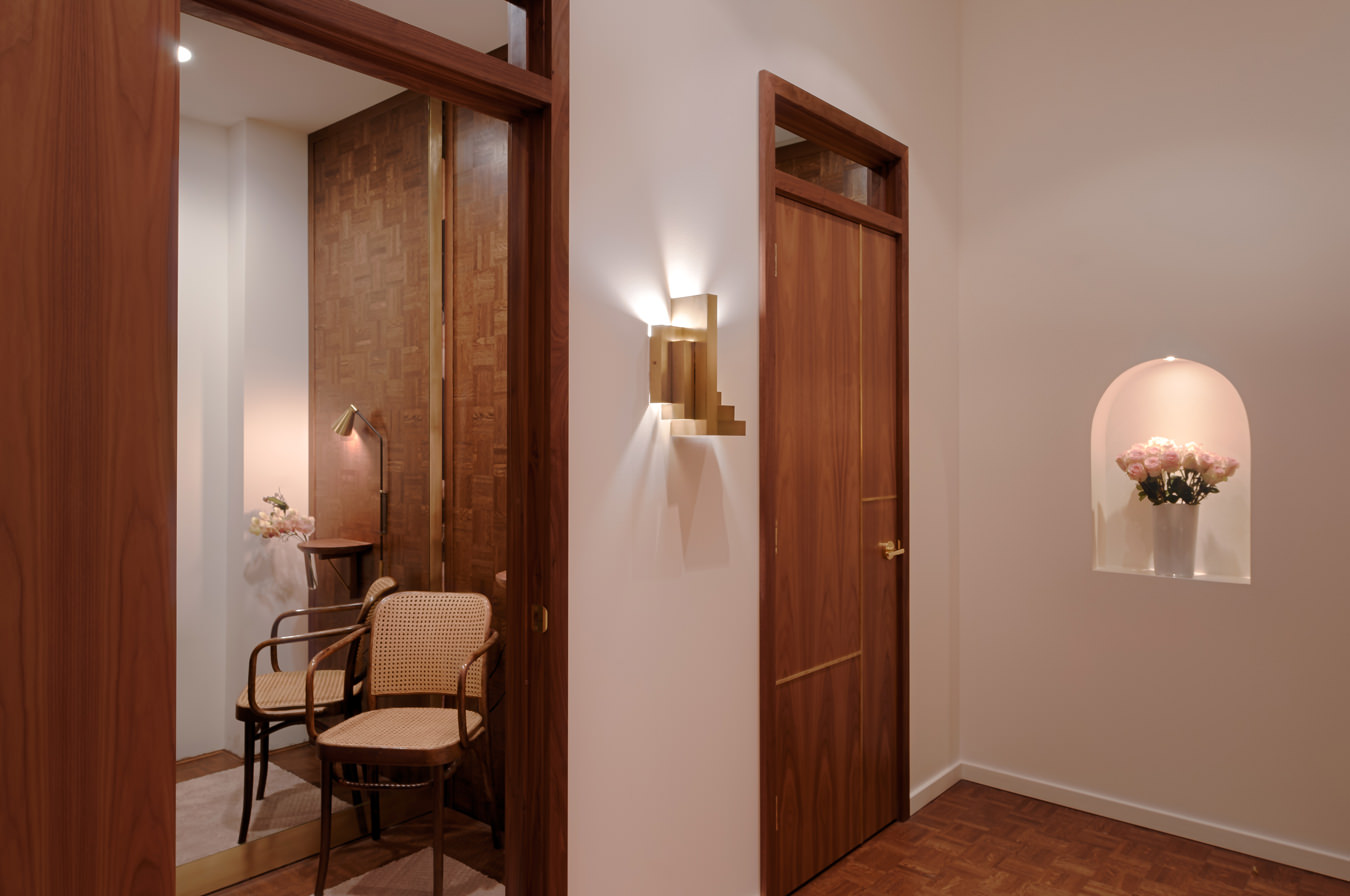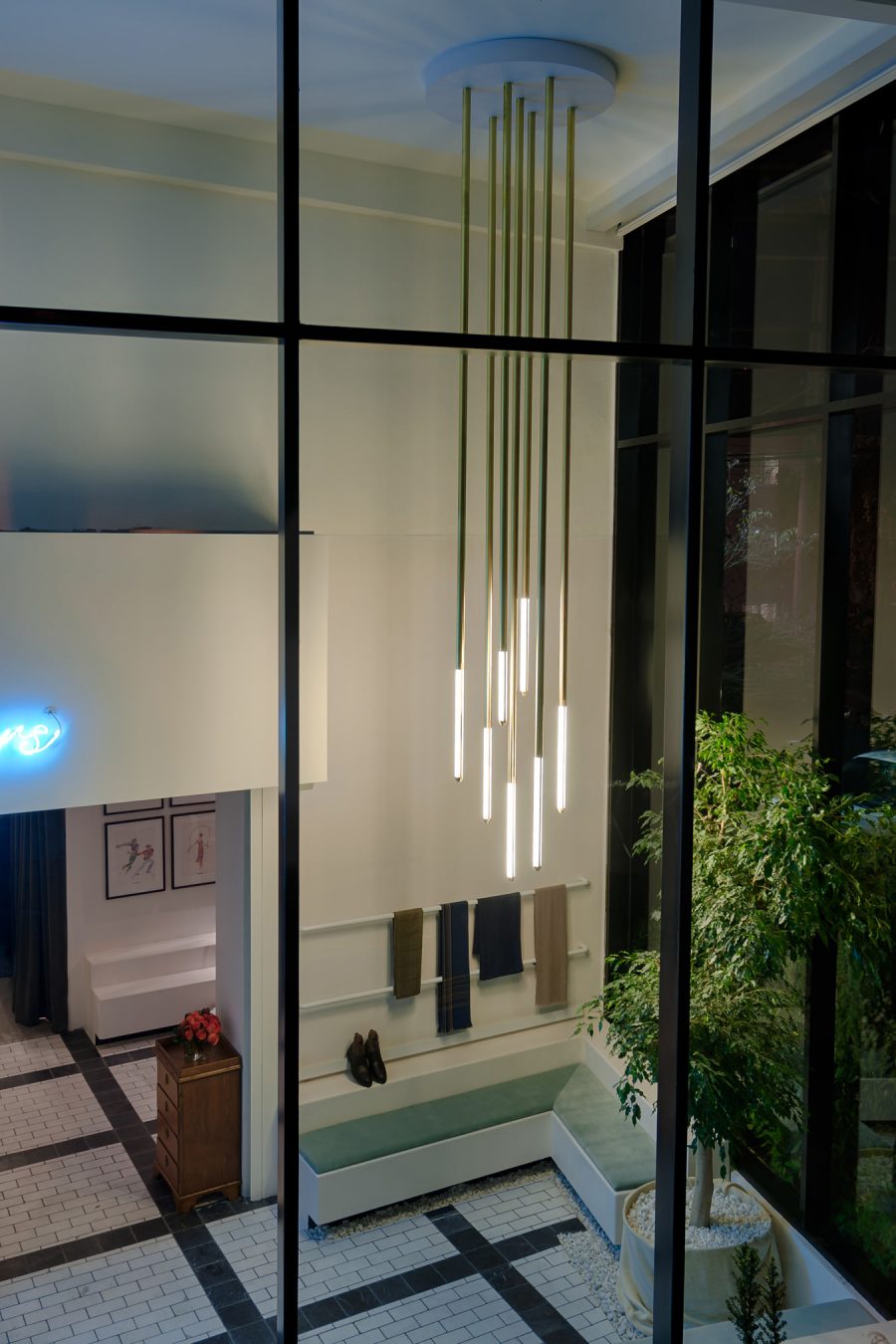“Be a good animal, true to your animal instincts,” said English novelist and essayist D. H. Lawrence. Of course, the stick against which we measure good will always vary in length, but if you’ve recently visited one of Vancouver’s popular new restaurants or cafes, it’s easy to concede the benevolent allure of Good Animal Lamps. “There was a void in the local market for custom fixtures and lighting installations,” says Hesam Ghaemi, who co-founded Good Animal with Ste. Marie Art and Design owner Craig Stanghetta. The Vancouver-based luxury lighting design house emerged three-and-a-half years ago, taking its name from Lawrence’s famous quote.
Whereas many lighting designers create product lines that are intended to be manufactured and distributed by companies such as Roll & Hill, Good Animal designs, manufactures, and tailors its lighting to the needs of each project, responding to the specifics of every site and brand. “When designing for a new client, we aim to create an entire line for each project,” says Ghaemi. “This may include multiple designs and fixture types, such as chandeliers, pendants, sconces, and floor lamps.” Good Animal’s philosophy is about establishing and reinforcing an identity for its clients. It’s about imbuing spaces with a unique sense of self.
When out and about in the retail and restaurant wilderness, Good Animal lights are easy to recognize; they are often found in restaurants, bars, and cafes with narrowly-focused concepts. Initially their range was limited to the coast of British Columbia, but they can now be spotted in places as far away as California and Mexico City. The pieces flaunt simple but elegant shapes, often with exaggerated proportions, each with a unique behaviour. They’re almost animated: they cantilever from walls on long and thin swing arms, or perch effortlessly and cast an inviting glow. The geometries of the lights harbour a sense of familiarity that’s almost historical: they wouldn’t feel out of place in a room designed by John Ruskin or William Morris in the mid-to-late 19th century. They are, however, undoubtedly contemporary in both form and material. Part of this effect is Good Animal’s emphasis on craft—glass shades and diffusers are blown by hand, while metal components are individually cast or machined with an unforgiving precision.
Good Animal’s philosophy is about establishing and reinforcing an identity for its clients. It’s about imbuing spaces with a unique sense of self.
Occasionally, installations are so large that they have to be soldered and assembled on site, as was the case with Good Animal’s work for Boboli boutique on South Granville. In the rear atrium hangs a dramatic 15-foot chandelier composed of seven long, polished brass tubes that take advantage of the vertical space. The luxury clothing boutique is split into two sides, women’s and men’s, and the lights reflect the dichotomy of masculine and feminine. The entrance to the men’s side is defined by another large chandelier with an aluminum frame that houses a stunning array of six-millimetre coloured glass rods. Wall sconces in the change rooms recall the layering and blocking techniques of Italian architect Carlo Scarpa. In total, Boboli’s lighting package consists of six separate designs.
Across the city, in Gastown, is another one of Good Animal’s more recent projects. Mosquito dessert bar is a dark and moody room, with surfaces of walnut and marble with brass accents. Like the sweets, the interior environment is rich. The lights are long and thin, almost reminiscent of a mosquito’s needle-like proboscis, and wash the space in a cool glow from the fluted glass diffusers, helping to create an atmosphere that is especially intimate.
Though Good Animal’s existing designs will remain exclusive to the spaces they inhabit, the company launched its first product line in May at ICFF in New York, North America’s premier platform for luxury design. The line is a joint venture between Good Animal and Ste. Marie (the companies have previously partnered up for interiors at Pidgin, Homer Street Cafe and Bar, Killjoy, Meat & Bread, and Blacktail), taking inspiration from the lighting created for Mosquito. Perhaps their expanding presence in our homes, and homes away from homes, will serve to remind and encourage us to, at the end of the day, be good animals, too.
Photos by Darian Wong.














